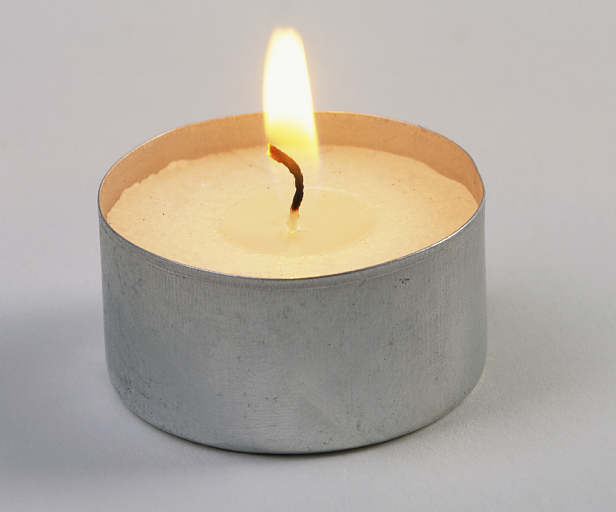



|

|
manipulate objects, use tools?

|
to share attention with humans, and
to ignore irrelevant detail?

|
language,perception and action
to facilitate cooperation with humans?

|
acquire, store and retrieve knowledge
and improve its capabilities by learning?

|
Cognitive Interaction at the crossroads
of several disciplines:

|
Organization of Memory for Actions

|

|

|
Bielefeld-based CoR-Lab (Cognition & Robotics Lab) closely cooperating with CITEC Cluster

|

|

|
|

|

|

|

|
Cognitive agents need to understand many aspects of contact:

|

|
static, slipping, rolling
fixed, rigid, soft, ...
7 DOF PA-10 robot arm 
|
dextrous robot hand 20 DOFs 
|
pneumatic muscles pressure pulse-driven inherent compliance 
|
Grasping Lab: hand-arm setup |

|

|

|

|

|

|

|

|

|

|

|

|

|

|

|

|

|
finger contacts

|
grasp stability

|
finger-controllers

|

|

|
grasp geometry

|

|

|
|

|
Example: A grasping "clockwork"

|
more robustly (but may be harder to conceptualize and decompose)

|  |

|  |

|  |

|  |

|  |

|  |

|  |

|  |

|  |

|  |

|  |

|  |

|  |

|

|

|

|
10 trials per object & grasp (840 trials total)
|

|

|

|

|

|

|
Many influence factors depend on prior knowledge

|
|

|

|

|

|

|

|

|
|

|
Idea: create "haptic image database" for studying object identification based on (robot) touch sensation

|

|

|
|

|

|

|

|

|
Dealing with deformable objects I:
Shaping clay from haptic feedback 
|
Dealing with deformable objects II:
Manipulating paper
|

|
|
Sprache handelt vom Erfassen von Begriffen und Bedeutung
Our hands embody a large
Vocabulary of capabilities:

|
|

|
|